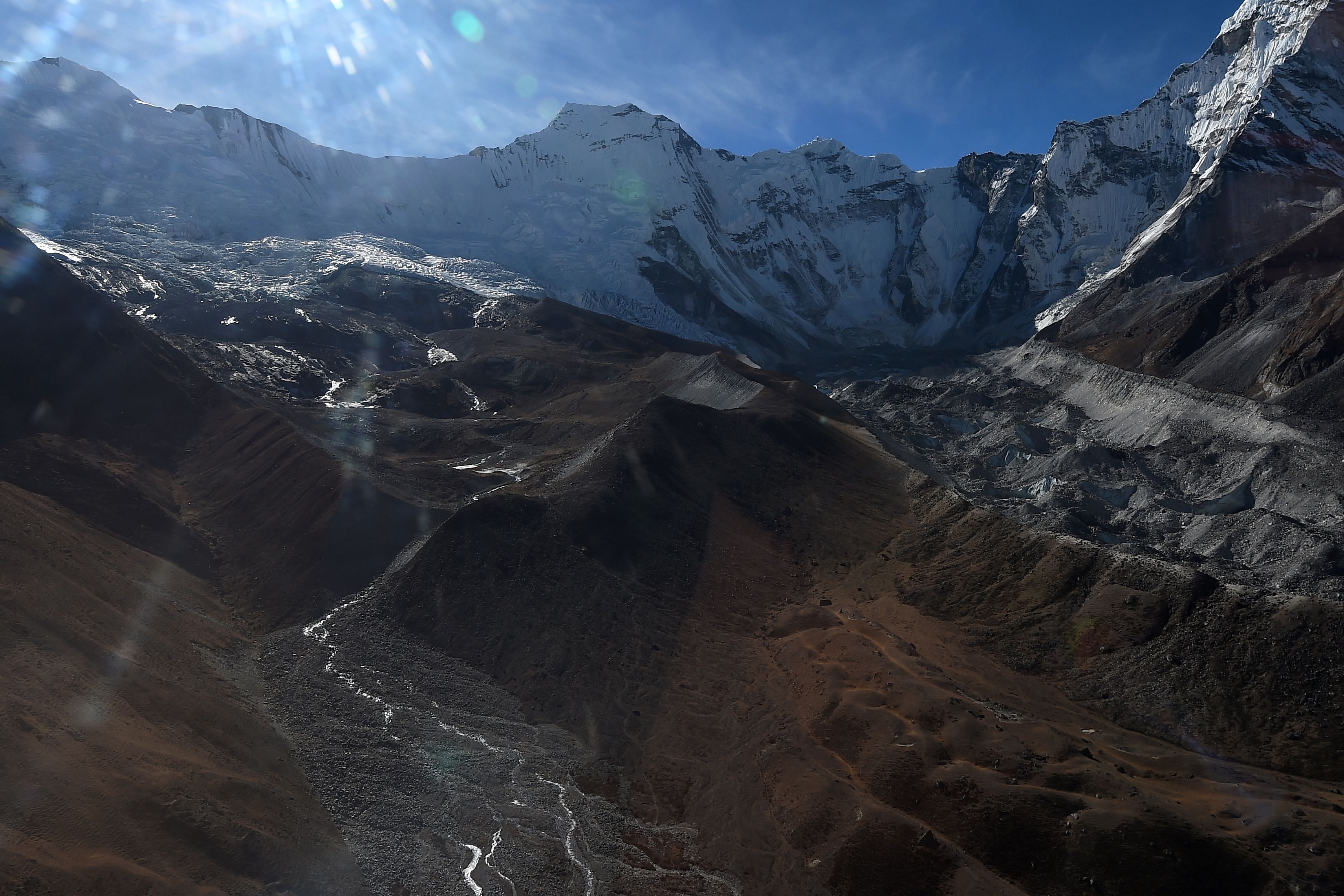The climate change crisis is larger, more calamitous and closer home than we thought. According to the Hindu Kush Himalaya Assessment Report, more than a third of the Himalayan glaciers could melt away by 2100, even if carbon emissions are dramatically cut and global warming limited to 1.5 degrees Celsius. The situation would be even more perilous if governments fail to limit greenhouses gases as promised, the report says, warning that this scenario could see two-thirds of the Himalayan glaciers disappear by the end of the century. This is reason for serious concern. Not only are glaciers in the Himalayan region in danger of vanishing but also, they are melting at a faster rate than the global average. And as the study, which was led by the Nepal-based International Centre for Integrated Mountain Development (ICIMOD) points out, the situation is rapidly slipping out of our hands. The ICIMOD study focuses on the Hindu Kush Himalayan (HKH) region, which spans Afghanistan, Bangladesh, Bhutan, China, India, Myanmar, Nepal and Pakistan. The HKH region is often described as the ‘Third Pole’ as it is the largest permanent ice cover in the world after the North and South Poles. The ‘permanence’ of much of these glaciers is now in jeopardy.
It is in the HKH glaciers that the major rivers of South Asia and China have their origin. These sustain over 240 million people living in the HKH region’s mountains and hills and some 1.5 billion people living in river basins fed by waters from the HKH’s glaciers. Melting glaciers of the HKH region would therefore impact the lives and livelihoods of almost a fifth of the world’s population. Changes in river flows could not only cause more erosion and landslides in the mountains but also destroy dams and impact hydropower production. It was people living in small, low-lying islands who were thought to be the first to be impacted adversely by climate change, given that global warming would result in rising sea levels that would flood and engulf these islands. The HKH Assessment Report indicates that those living in and around the mighty Himalayas are no less vulnerable.
The climate change crisis is not a distant nightmare anymore. It is very real and already unfolding. In the HKH region, which is known for its extremely cold climate, extreme cold events have reduced in number while extreme warm weather events have become more frequent and intense. A decade ago, Maldives’ former president Mohammad Nasheed played a leading role in underscoring climate change’s implications for low-lying islands. India should take the lead now to draw the world’s attention to the dire climate change crisis unfolding in the Himalayas.
